Julia Khishchenko
Education: I got several higher educations in the fields of construction, languages and graphic design.
Describe your art in three words: Expression, graphicity, color.
Your discipline: At the moment, it is contemporary art. I also often perform songs on stage.
Website | Instagram
Your paintings reflect a deep emotional world. Can you tell us more about how introspection influences your work and your creative process?
I’ve been thinking a lot about the reason I depict myself in my paintings. Sometimes I’m torn apart by the feeling of shame that there is only my face everywhere. But I know that I cannot do otherwise. I want to make feelings more significant for myself. I want to allow myself different kind of emotions. My works are the key to permission to be imperfect.
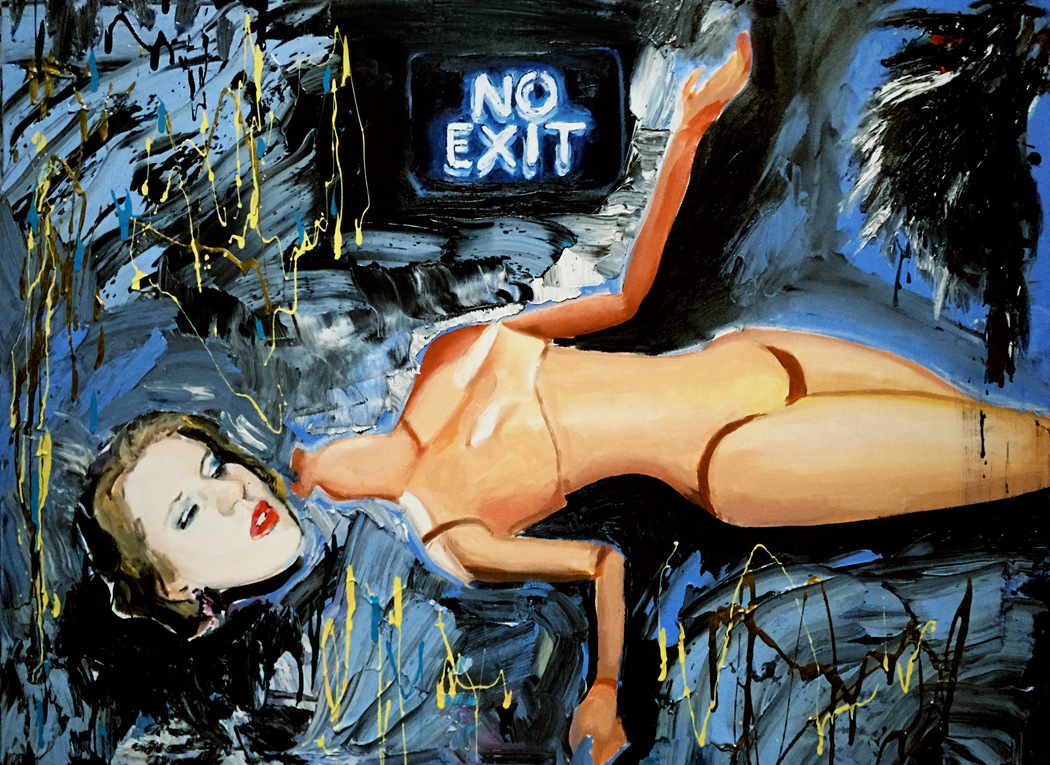 Julia Khishchenko | After the Game (Doll vol 2) | 2020
Julia Khishchenko | After the Game (Doll vol 2) | 2020
You describe your paintings as visual diaries of emotions. How do you decide which emotions or experiences to capture in each piece?
The images in my head appear unexpectedly. They follow me relentlessly until I express the idea on canvas. Therefore, I don’t make a decision in this issue. In a sense, I become a mediator between the image in my head and the canvas.
Many of your works seem to blend surrealism with personal expression. What role does surrealism play in representing your inner emotional landscape?
I don’t categorize my feelings. What seems surreal to the viewer is reality for me. Because that’s how I see the world. And for me there’s nothing special about it.
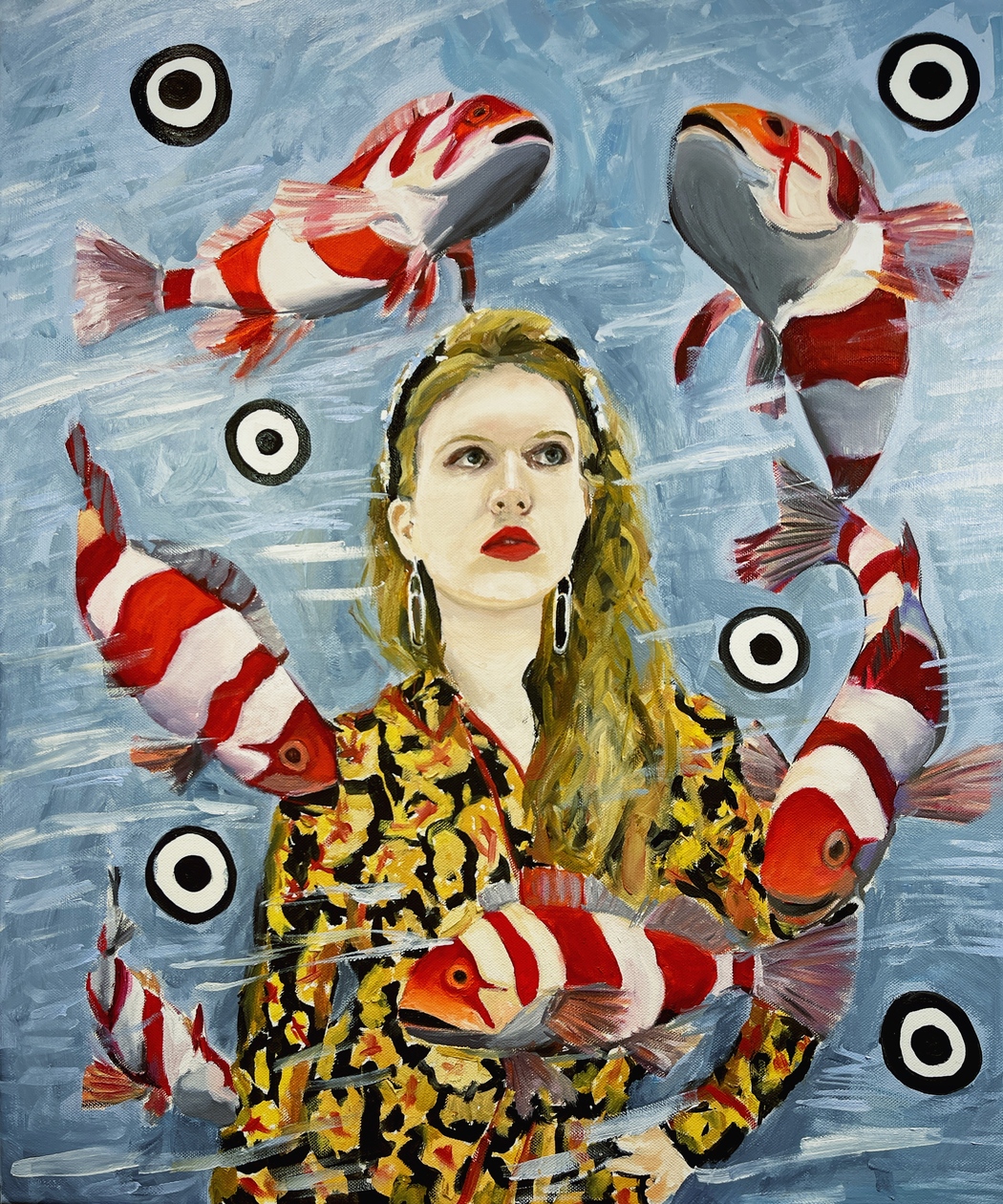 Julia Khishchenko | Aquarium | 2021
Julia Khishchenko | Aquarium | 2021
Do you find that your audience resonates with the emotions you depict? Have you had any memorable interactions with viewers who connected with your work on a personal level?
I’m very pleased with the response from my viewers! After all, I myself am a lump of doubts and self-oppression. But when people express gratitude for revealing unpleasant feelings and showing them honestly, I understand that I’m on the right track.
Your work is found in private collections across the world. How do you feel about your art reaching such a diverse audience, and what do you hope they take away from your paintings?
I don’t think my audience is diverse. We, people, are basically the same. A person from any part of the world is familiar with sadness, and joy, and feelings of loss, and love.
And what can be taken from my paintings? That the viewer of my art is not alone, and can receive support and understanding of the feelings. Somewhere there is an artist who is ready to support through art.
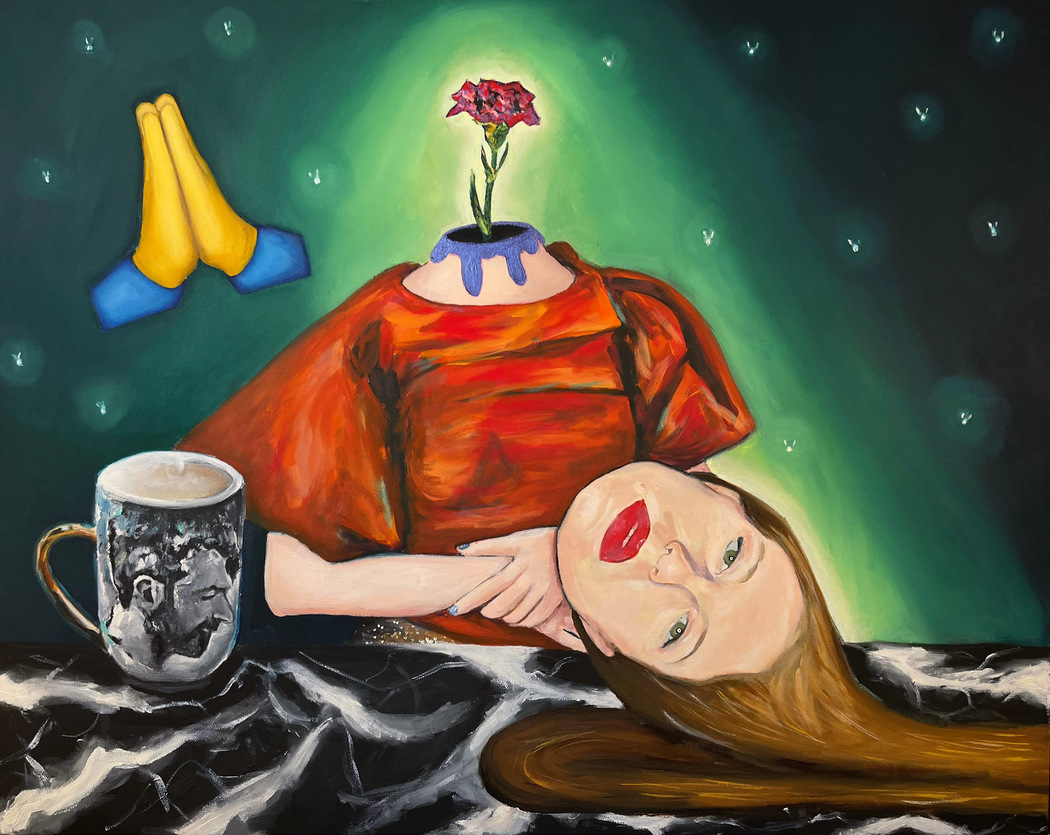 Julia Khishchenko | Flickering | 2024
Julia Khishchenko | Flickering | 2024
You use self-portraits as a medium for expressing personal experiences. How do you balance personal vulnerability with the public nature of art?
From time to time I have to take breaks from my work because I become too vulnerable, almost dying of shame for my openness. But then I start to put myself back together like a puzzle. Any vulnerability can result in the birth of a new painting (or not necessarily a painting, but any other creative expression).
Your paintings feature recurring motifs, such as distorted limbs and floating objects. What is the significance of these elements, and how do they contribute to the narrative of your art?
Distortions, dismembering… They reflect an internal breakdown. And pain always entails new images.
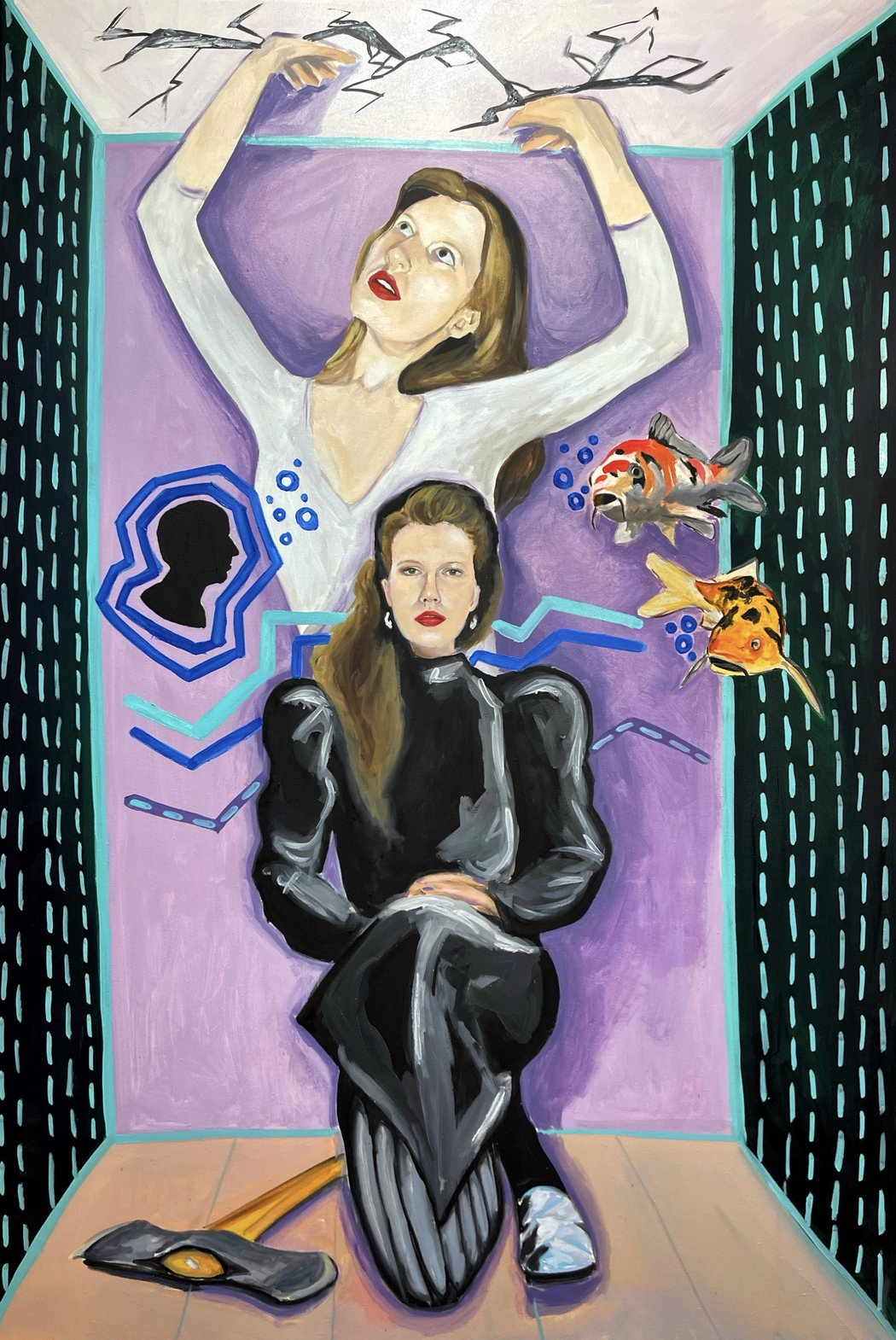 Julia Khishchenko | The Reins of Power | 2024
Julia Khishchenko | The Reins of Power | 2024

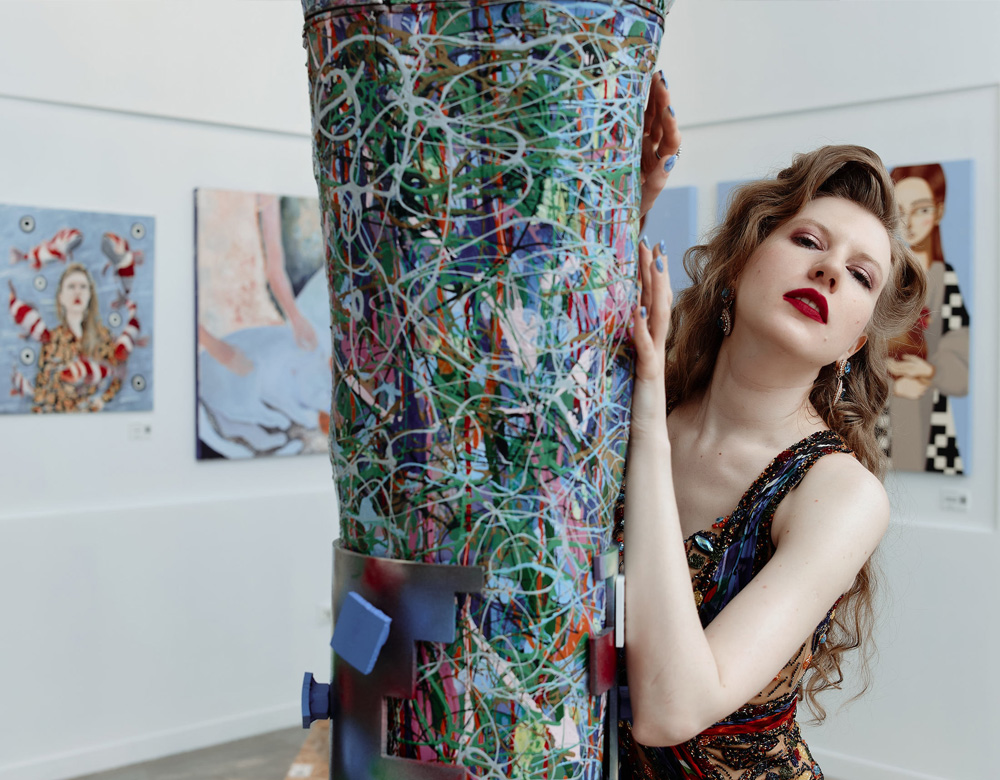
Leave a Reply